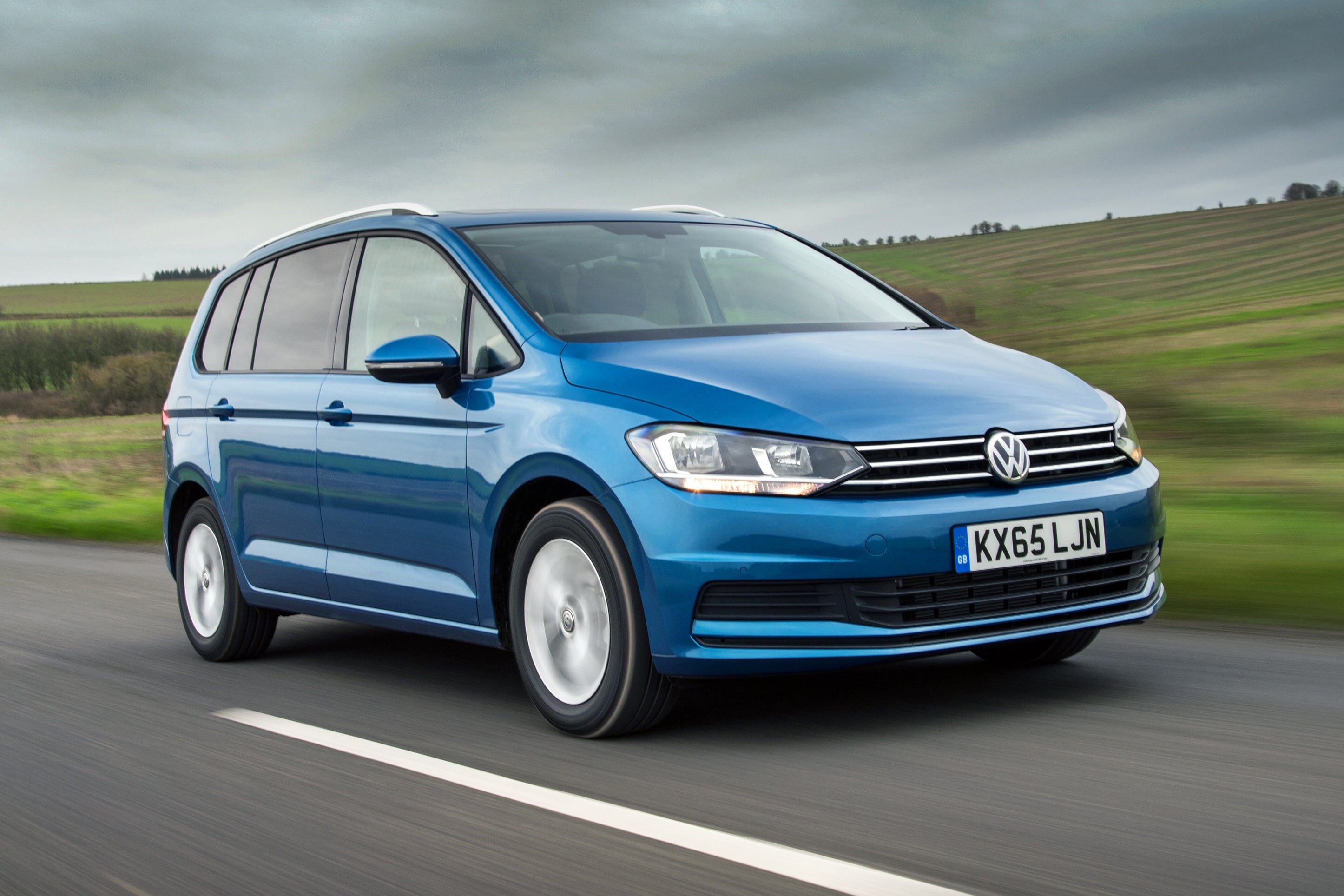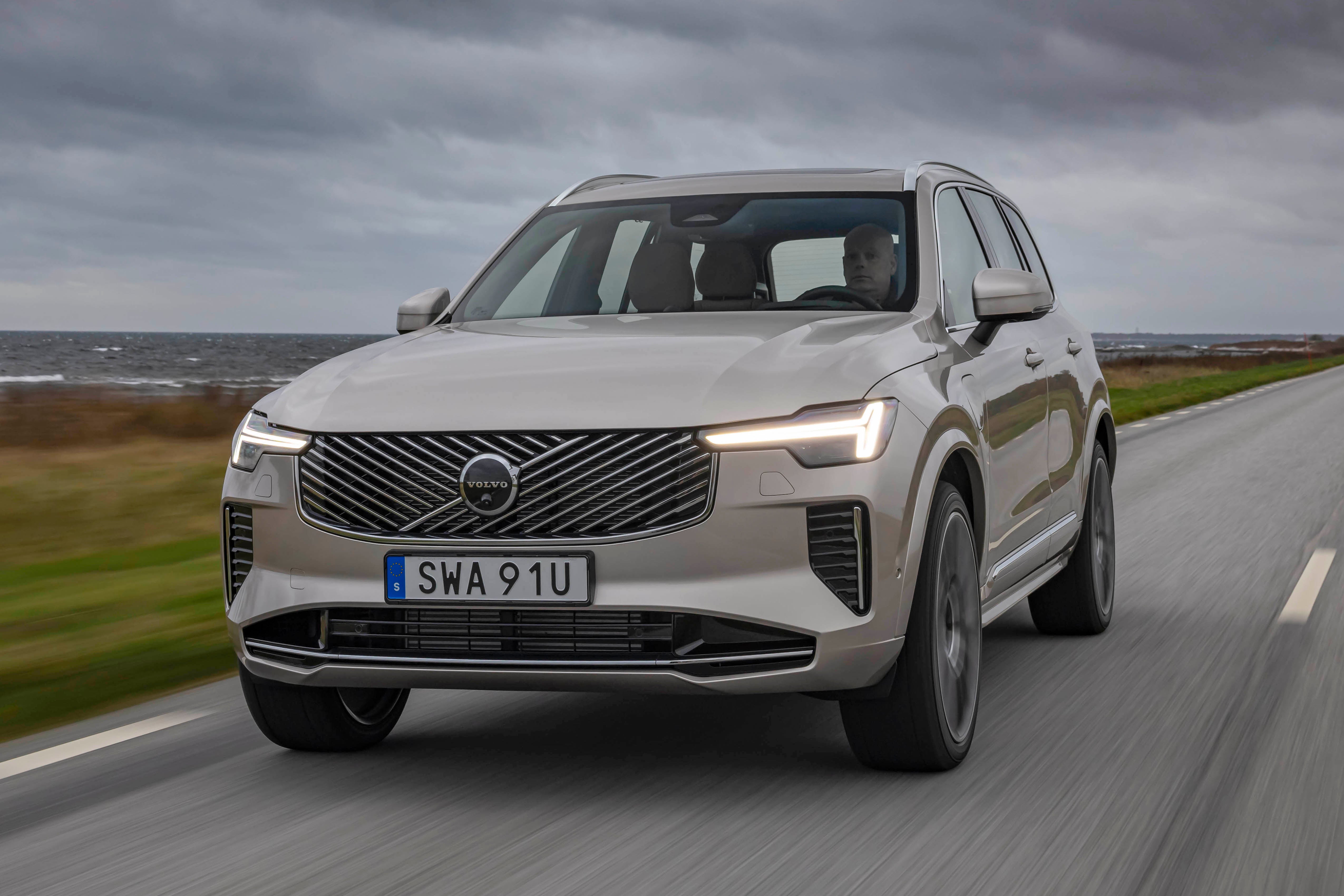
Keeping your children safe during car journeys is paramount, and that's why child seats are subject to regulations.
The i-Size regulation, officially known as ECE R129, is the latest European standard for child car seats, and aims to both boost protection for children and simplify the selection process for parents.
i-Size seats are designed for installation using your car's ISOFIX anchor points, reducing the risk of incorrect fitting and improving overall stability. However, it's important to note that while i-Size seats are compatible with ISOFIX, not all ISOFIX seats meet i-Size standards.
What are i-Size child car seats?
i-Size child seats make it easier to find a seat that safely fits both your child and your car. The term 'i-Size' refers to the European car seat safety regulation ECE R129, introduced to improve child protection and simplify seat selection. Unlike the older ECE R44/04 regulation, which categorised seats based on a child’s weight and was phased out by September 2024, i-Size uses height as the determining factor to ensure a better fit.
The aim of i-Size is to standardise car seat compatibility with all vehicles using ISOFIX anchor points, which are now a requirement in all modern family cars. However, not all i-Size seats fit every ISOFIX-equipped vehicle, so checking the manufacturer's compatibility list remains necessary.
How do I know if a car seat is i-Size?
i-Size seats are identifiable by the ‘i-Size’ logo on the seat itself or the packaging. Additionally, many manufacturers include 'i-Size' in the product name. However, for certainty, it's best to check the product details or confirm with a retailer that the seat meets ECE R129 standards.
How are i-Size child seats grouped?
i-Size car seats are categorised based on a child’s height rather than weight. The main categories are:
- i-Size Infant (45–75 cm): Suitable for newborns up to approximately 12 months old
- i-Size Toddler (61–105 cm): Designed for children from around 6 months to 4 years
- i-Size Child (100–135 cm): Suitable for children aged approximately 4 to 12 years
These height-based categories are intended to ensure a safer, more tailored fit as a child grows.

Why are i-Size seats safer?
i-Size seats offer several key safety benefits compared to older R44/04 models.
The regulations require children to remain in a rear-facing seat until they are at least 15 months old, which significantly reduces the risk of head and neck injuries in an accident. And unlike R44/04 seats, i-Size models undergo side-impact crash tests to ensure additional protection.
When it comes to i-Size seat testing, specialised Q-Series dummies are used. These more accurately simulate real children of different ages and sizes, and provide better safety data.
Because i-Size seats must be installed using ISOFIX anchor points, the chances of incorrect fitting are reduced.
When should I stop using a rear-facing child seat?
Under the United Nations’ R129 regulation, children must travel in a rear-facing seat until they are at least 15 months old. Rear-facing positions provide better support for a child’s head and neck, reducing injury risks in the event of a crash. Although the legal requirement is 15 months, many experts recommend keeping children rear-facing for as long as possible, ideally up to four years old.
Are i-Size seats a legal requirement?
Currently, both ECE R44/04 and i-Size (R129) seats are legal in the UK. However, due to the enhanced safety features of i-Size, R44/04 seats have phased out from sale, meaning i-Size is the only standard for new seats.
Children must use a car seat until they are either 12 years old or 135 cm tall, whichever comes first. However, safety organisations recommend using a booster seat until a child reaches 150 cm.
ISOFIX is a system that securely attaches a car seat to a vehicle’s chassis using built-in anchor points. While all i-Size seats use ISOFIX for installation, not all ISOFIX seats are i-Size approved. The i-Size certification ensures the seat meets the latest safety standards, including side-impact testing and height-based categorisation.
Using an ISOFIX seat is voluntary under current UK law. However, i-Size is now mandatory system for new-car seat approvals.
The correct car seat size depends on your child’s height and, in some cases, weight. Under i-Size regulations, seats are divided into the following groups:
- Infant Seat (45–75 cm): Suitable for newborns and younger babies, usually up to 12 months old.
- Toddler Seat (61–105 cm): Designed for children from around six months to four years.
- Child Seat (100–135 cm): For children aged approximately four to 12.
Children over 135 cm (or 150 cm as recommended) should move to using the car’s regular seatbelt without a booster seat. Always ensure the seat is appropriate for your child’s size and properly installed.
ISOFIX is a standardised system designed to make car seat installation safer and easier. However, while the anchor points in vehicles follow international standards, car seats can vary in size. Not all ISOFIX car seats fit all ISOFIX-equipped vehicles.
i-Size seats are designed to be universally compatible with i-Size approved vehicles, but it is always recommended to check the manufacturer’s vehicle compatibility list before purchasing a seat. Some car models may have limitations due to seat shape, anchor point positioning, or space constraints.
What's the difference between i-Size and ISOFIX?
Recommended cars for you
Vauxhall Corsa100kW Yes 50kWh 5dr Auto
202525 milesElectric£277 mo£15,995
DE130DFBMW iX2230kW xDrive30 M Sport 65kWh 5dr Auto
20247,538 milesElectricor £34,592£38,965
£4,373 offPO35FFVauxhall Corsa100kW Yes 50kWh 5dr Auto
2025100 milesElectric£20,001
NE270QHVauxhall Corsa100kW Yes 50kWh 5dr Auto
202525 milesElectric£277 mo£15,995
DE216HBVauxhall Corsa100kW Yes 50kWh 5dr Auto
2025100 milesElectric£20,001
NE83RGVolvo XC40300kW Recharge Twin 78kWh 5dr AWD Auto
202139,639 milesElectric£310 mo£21,290
CB58SQVolvo EX30200kW SM Extended Range Ultra 69kWh 5dr Auto
20173,958 milesElectric£31,000
PR25PZVauxhall Corsa100kW Yes 50kWh 5dr Auto
2025100 milesElectric£20,001
NE83RG
More car buying and owning guides
Everything you need to know about buying and owning a car from our experts


